TV Review: ‘Castlevania’s’ bisexual representation is more harmful than helpful
March 20, 2020
Warning: this article contains spoilers for Netflix’s “Castlevania.”
The third season of “Castlevania” premiered on Netflix on March 5. The Netflix original series, based on the beloved video game series, pushed its Mature rating like never before — and not always in a good way. One of the season’s most disturbing scenes should have been one of its most groundbreaking: the reveal that one of the show’s protagonists is attracted to both men and women.
The streaming juggernaut has long been praised for diversity in its shows, and the writers took steps to continue this trend in the latest “Castlevania” season. Despite being set in 15th century Europe, there are several people of color among the cast. One recurring, supporting character was confirmed to be a practicing Sufi, and two of the season’s new, minor villains are in a lesbian relationship.
The writers also answered a question fans have been asking since the show’s first season: the question of Adrian Tepes’s sexuality. Viewers have long speculated that the effeminate vampire was queer, and the third season does confirm this. Unfortunately, it does so in a truly upsetting way that may alienate LGBTQ+ viewers.
Adrian’s apparent bisexuality is revealed in an explicit, on-screen threesome with both a man and a woman. This is the first episode of the show to feature explicit sex, as well as its first instance of prolonged full frontal nudity. Although this does play into negative stereotypes, what makes the scene truly disturbing is the violent end to the rendezvous.
About half of all LGBTQ+ individuals identify as bisexual, according to the Williams Institute on Sexual Orientation and Gender Identity Law and Public Policy. And yet, the “slutty bisexual” stereotype has plagued the community for decades. Bisexual people struggle with harmful misconceptions; one being that they are more likely to cheat or to be interested in threesomes and group sex.
“One of the main complaints you’ll hear from bisexual people is that when it comes to relationships, especially on dating apps, people expect them to want a threesome,” said Holly Smith in an article for Insider. “But bisexual people don’t exist to offer other people ‘unique’ sexual experiences — they’ve just been oversexualized in pop culture and, as a result, are always viewed in a sexual light.”
The way in which the “Castlevania” writers chose to reveal Adrian’s sexuality reinforces these stereotypes.
The scene is also disturbing because of its conclusion. In a sick plot twist, it is revealed that Adrian’s partners were merely seducing him as a distraction so they could trap and kill him. He is forced to kill both of his lovers in self-defense.
Aside from being poorly set up for cheap shock value, this reveal plays into another harmful stereotype: the idea that all non-straight relationships are inherently violent and/or evil.
As explained by Tricia Ennis in a SyFy Wire article, this “queer coding” of villains originated in the 1950s and 1960s, when the government and critics began to censor media.
“While depictions of LGBTQ characters were frowned upon, depictions of them in this specifically negative light were not,” Ennis says. “You were not endorsing an ‘alternative lifestyle’ if your gay characters always met an untimely demise. Instead, they were merely paying for their poor choices…. For this reason, many villains continue to code as gay, either intentionally or by accident.”
“Castlevania” goes beyond queer coded villains by making four of its five explictly queer characters evil. Two of these “evil gays” are killed as a direct result of their sexual activities. Adrian, the show’s only queer protagonist, is both physically and emotionally punished for his sexuality.
The final scenes of the season hint at a darker, edgier character arc for Adrian in coming seasons. That would mean that five out of five queer characters are also villains.
Readers familiar with the first two seasons of the show may wonder where the other two protagonists, Trevor Belmont and Sypha Belnades, are during Adrian’s ordeal. They’re off on their own, having a healthy and fulfilling straight relationship.
Trevor and Sypha are explictly shown to be romantically involved, but they never have sex on screen. They clearly value and care for each other, and the biggest issue they face is that Trevor, a lifelong loner, is unused to being so closely involved with another person. Their relationship is, for the most part, sweet.
When a show has two straight protagonists who are in a loving, positive relationship and one queer protagonist who is abused by his partners and set up for a descent into villainy, it reinforces negative stereotypes and harmful tropes around queer sexuality. Viewers are left wondering who this representation is really for.

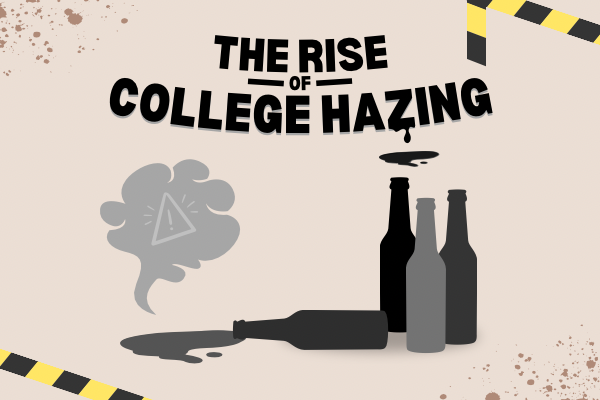


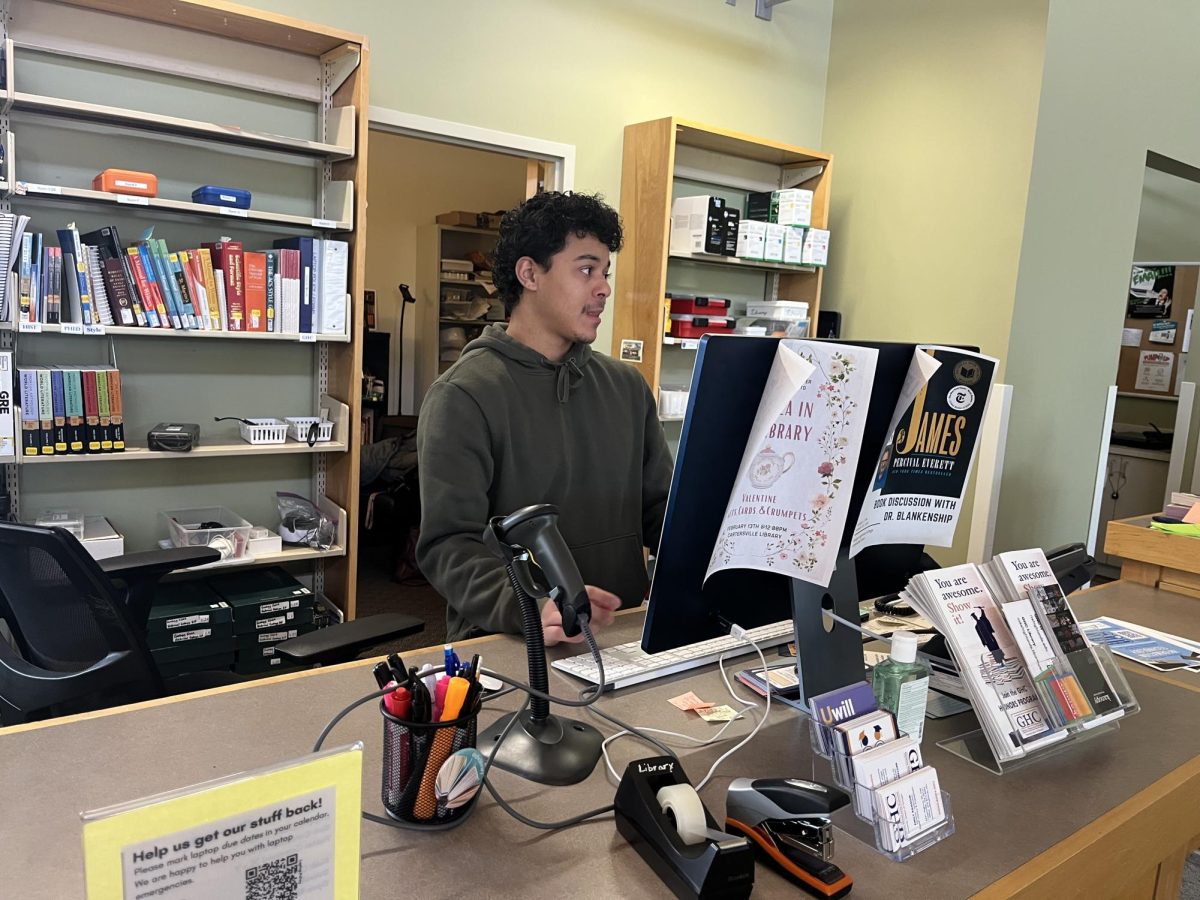



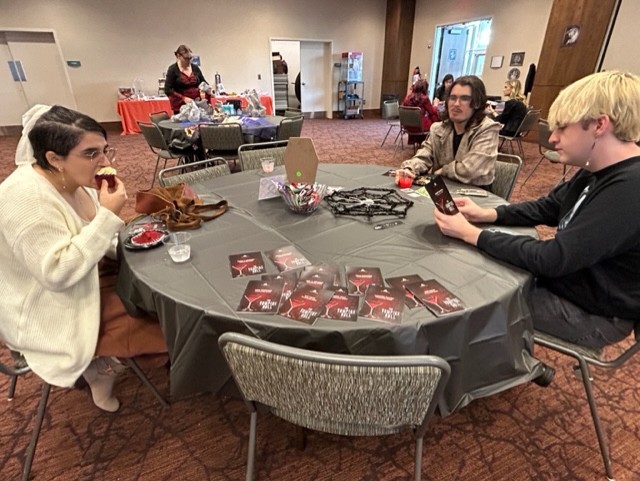

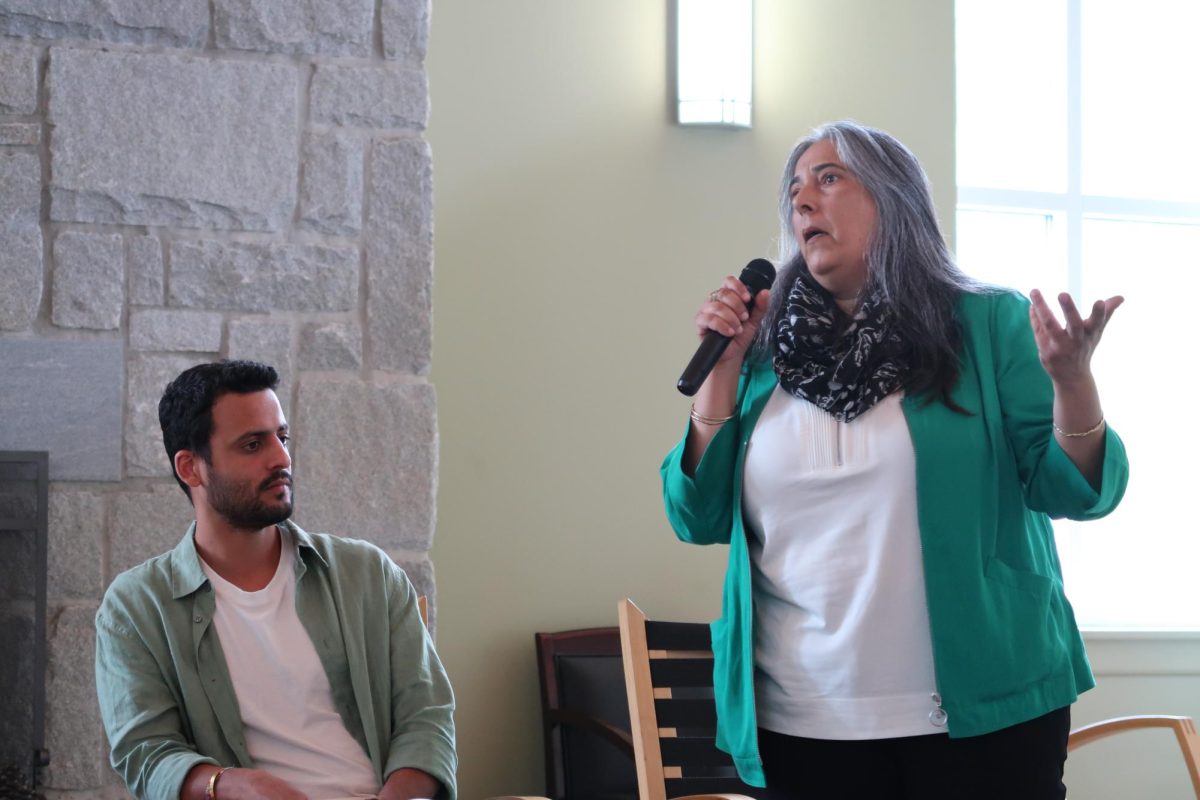


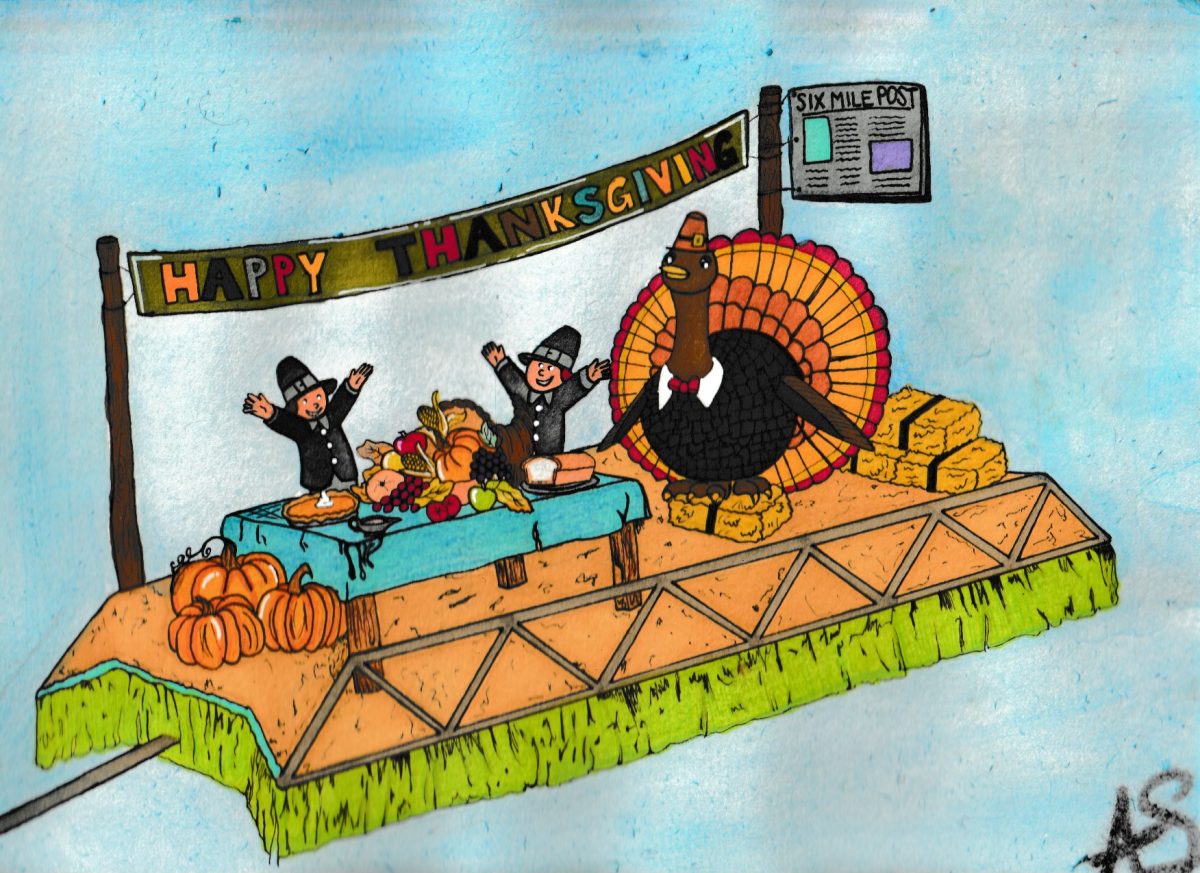


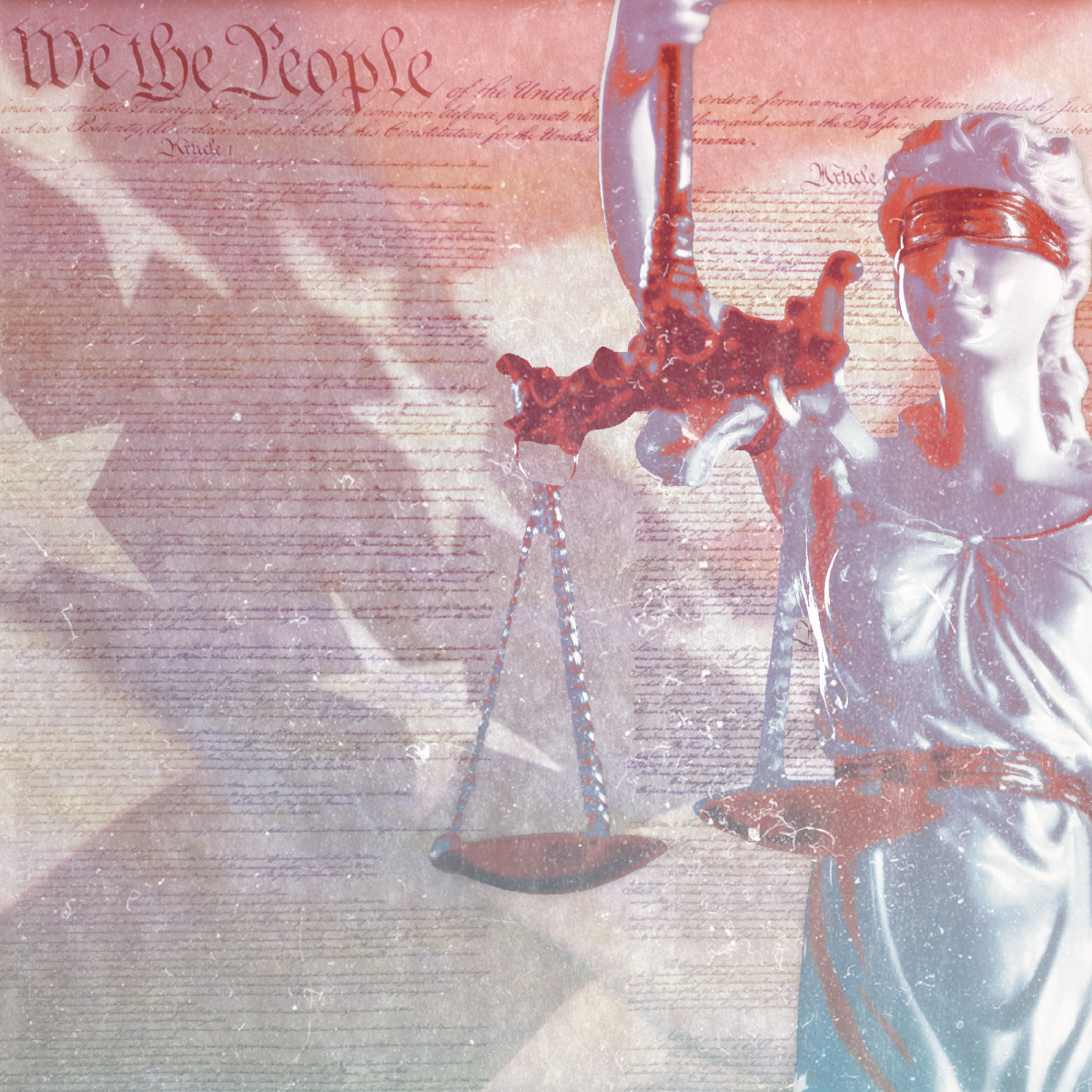
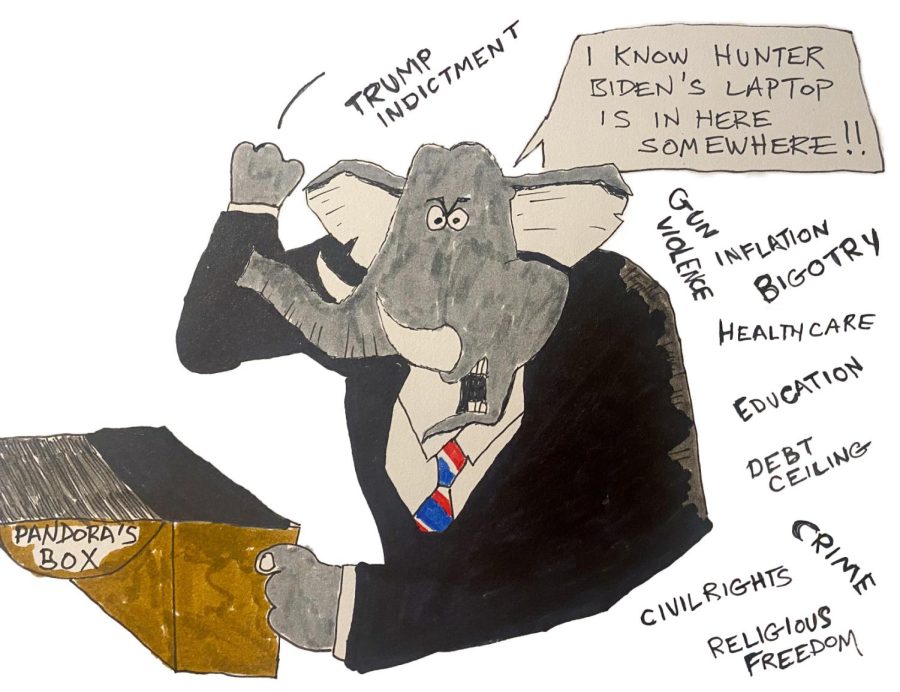

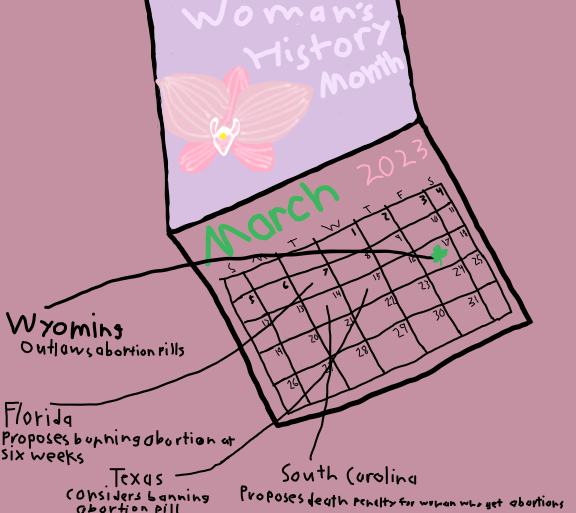
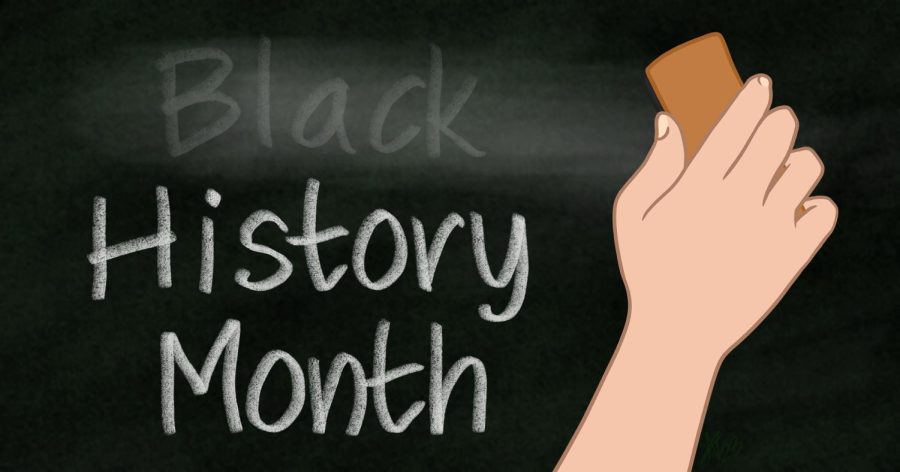
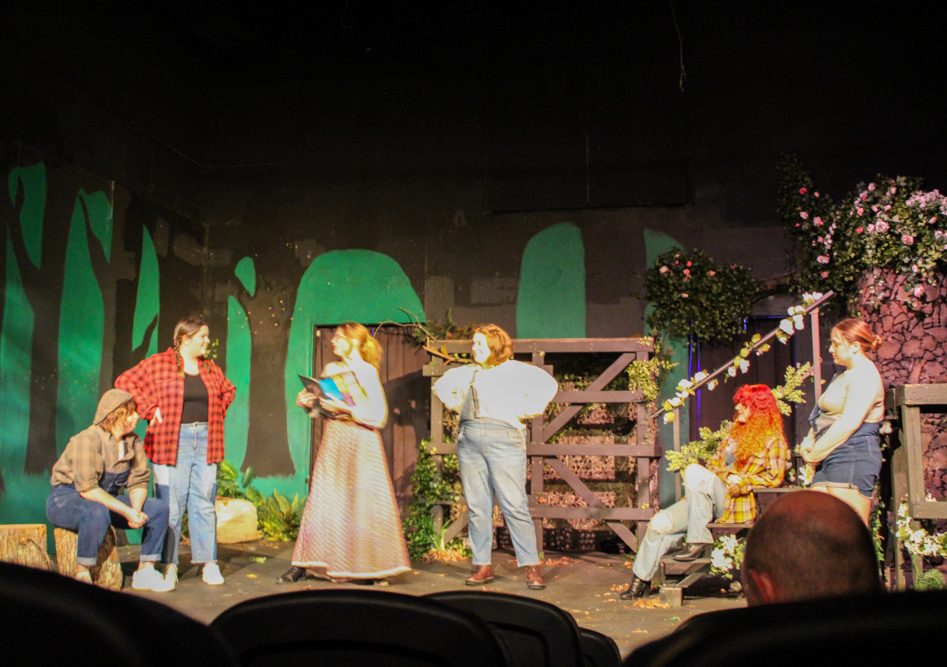

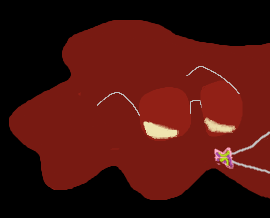


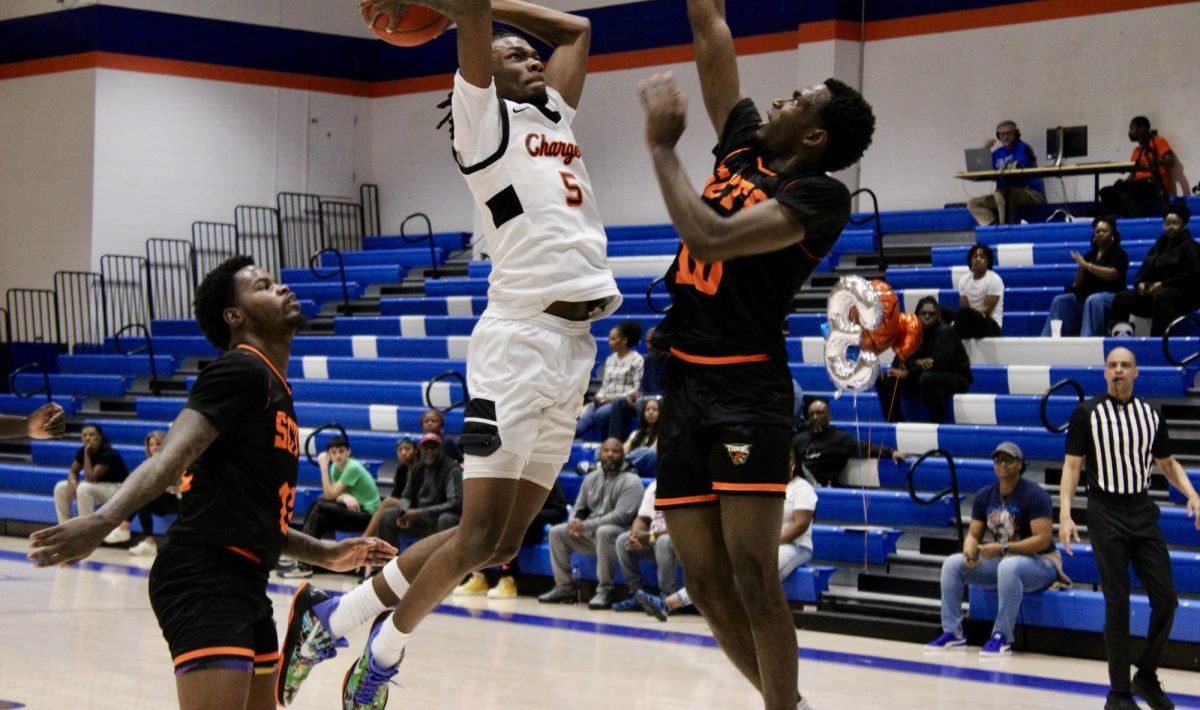


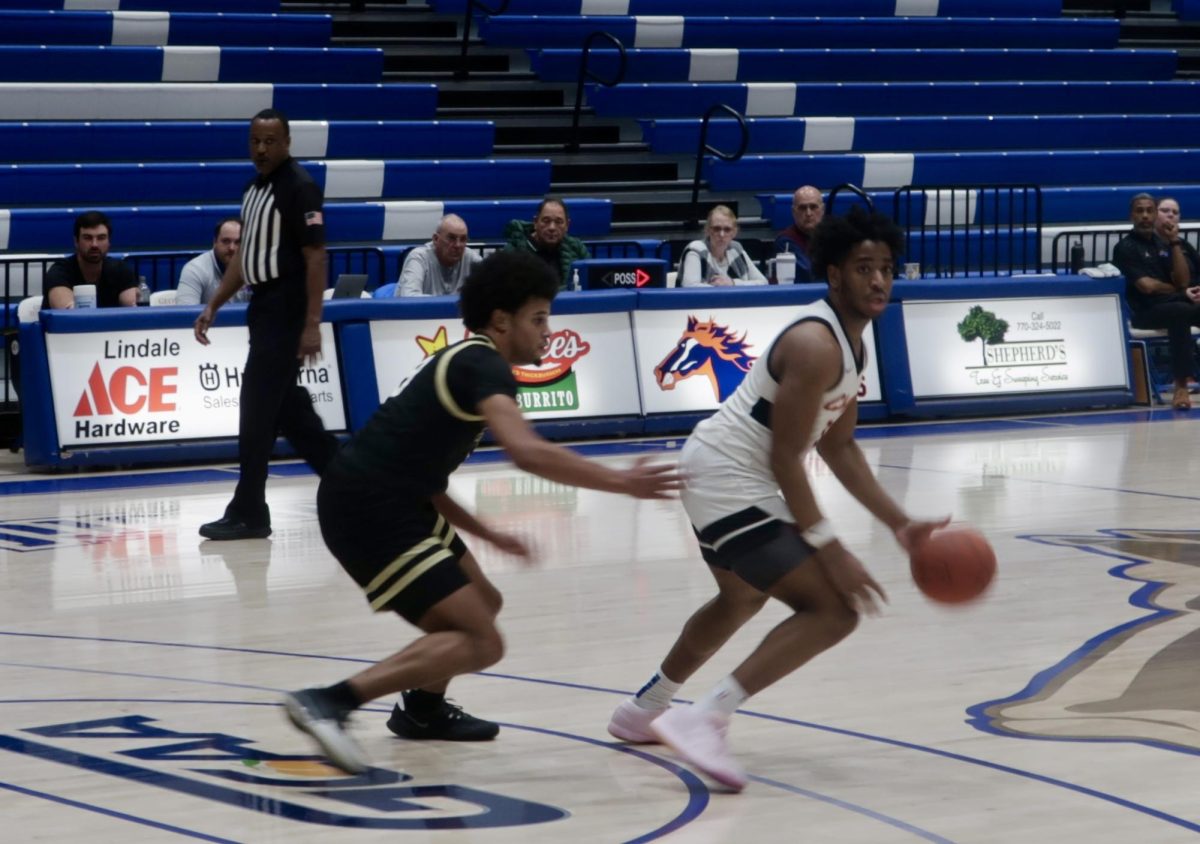








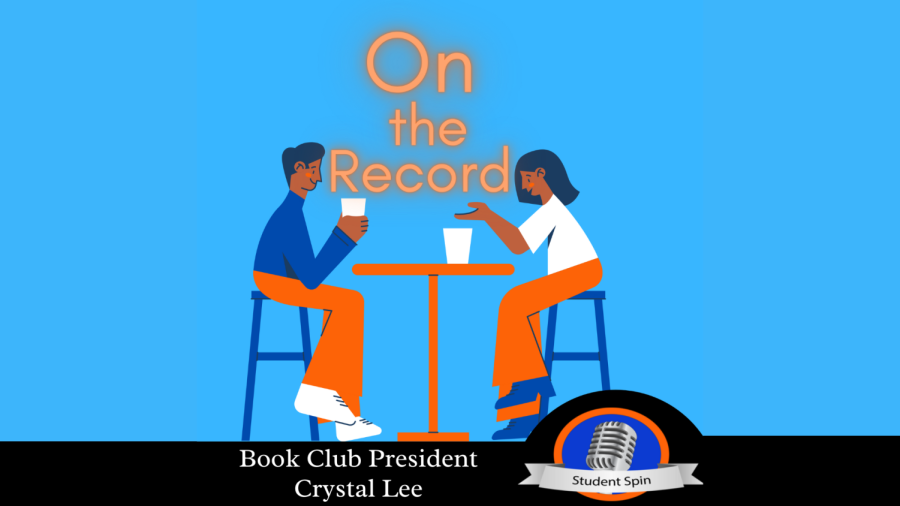



















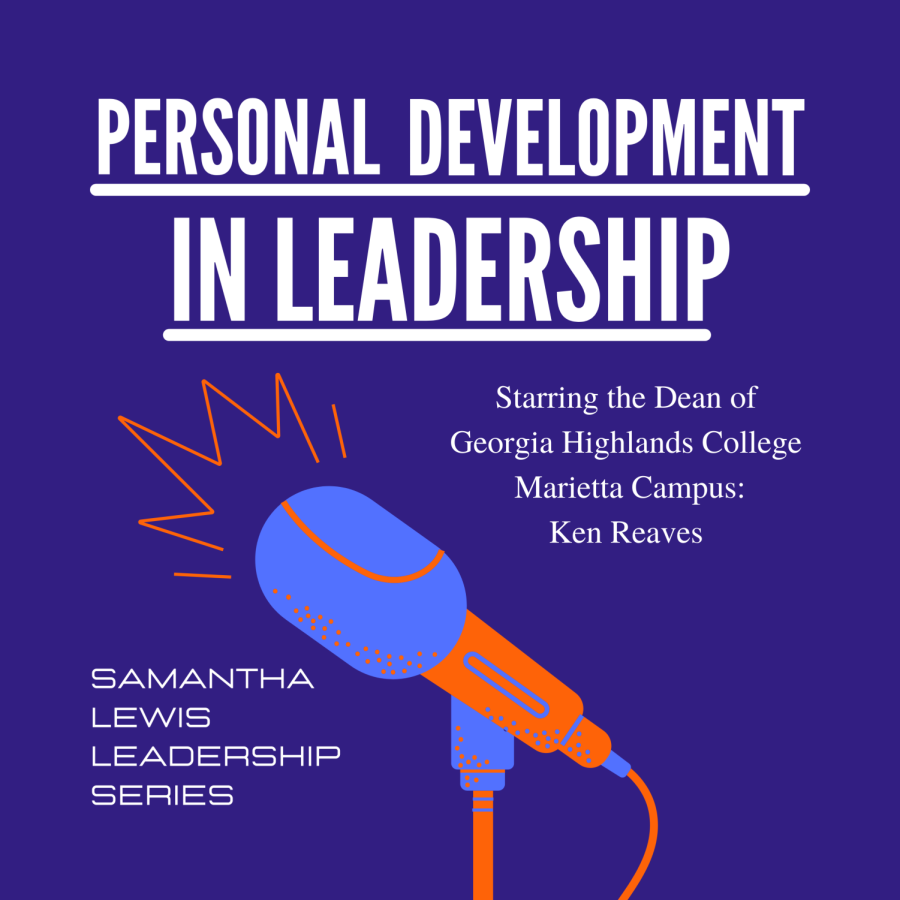
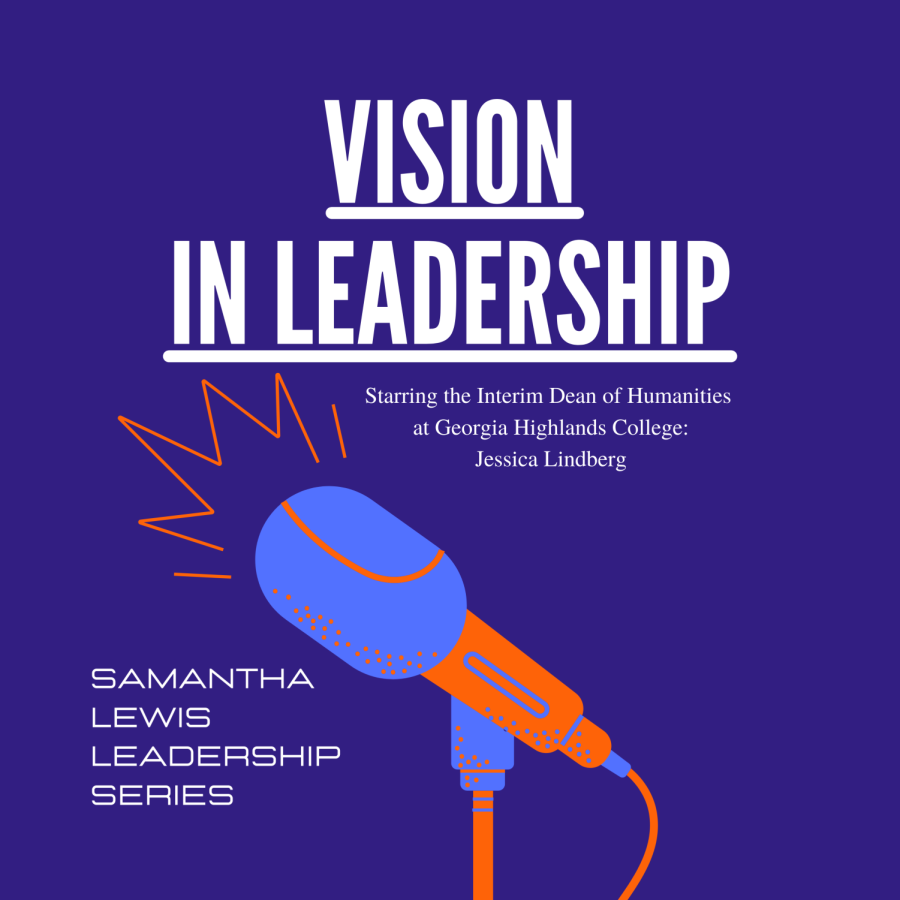










Nick • Mar 17, 2025 at 11:53 pm
Did you even watch the show????
Alora • Jun 14, 2024 at 10:07 am
I disagree with your article completely. It’s simplistic at best, reaching at best. One of things I appreciated most about the show is that most on the main characters are neither all good, nor evil, they are complex and flawed.
Adrian’s partners were not evil, they had suffered and were misguided but certainly not evil.
Striga and Morana had the most loving, supportive and long-enduring relationship in the series. They like most on the show we’re neither all good or all evil. They are vampires, they consume blood or weaken and die.
As was mentioned in other comments Hector and Lenore’s relationship was certainly far from perfect.
It seems like you had a valid topic of discussion but then grabbed a show at random and tried to make it support your argument. In this case your subject seems unwilling to prove your argument. Maybe don’t do that.
Calli • Aug 9, 2022 at 6:18 pm
I think your article was utterly incorrect. Not all bisexual relationships have to be shown as romantic and I think the scene with the three of them wasn’t a bad representation of his sexuality. This “stereotype” of a dainty flirty bisexual is what you see of a strong willed vampire avenging his mother, so I don’t know where to begin with where you got this idea besides his design. Moving past Alucard, despite the two lesbians in the story being quite on quote evil, the show portrays them by far the healthiest as they care for each other more than anyone else. This article is very inaccurate and I think you should rethink before you call something natural bad representation.
Alisha Das • Jul 25, 2022 at 4:16 am
Creators were trying to portray than our protagonist was trying to help people, but they did not trust him, then seduced him to make is most vulnerable and tried to kill him.
Similar plot happened with hector.
And about distributing scenes, tragovista is filled with it , it is the series general structure of fight scenes.
The creaters were clearly not demonizing bisexuality.
Shiiannfan • Jul 8, 2022 at 2:48 am
I think you are just looking for reasons to be offended. The depiction of LGBTQI+ characters shows them as flawed and complex which is what is needed for representation. As a queer man I like seeing this as it means we aren’t characterised as side characters of stereotypes.
The end of Trevor and Sypha’s journey also isn’t perfect. It showcases that the idyllic couple is also flawed and their happiness will not be long lasting.
Further to that, one of the best written characters in the show is Isaac and although on the side of dracula is not evil and another protagonist.
Your article is not good. Go back to party city where you belong.
Theo • Feb 8, 2022 at 6:34 am
Alright so first of all, who are your 5? I count Isaac, Striga, Morana, Alucard, and Greta
I think considering Isaac a villain is simplistic at best, and outright ignorant of the show at worst, Striga and Morana are only villains in that they oppose Hector and Isaac (Who plays the part of protagonist in this arc), they’re not strictly evil, depending on how you view their consumption of human blood (There’s certainly an argument to be made that it’s similar to humans eating meat).
Alucard and Greta certainly aren’t villains, at least Alucard isn’t yet.
I don’t know a hell of a lot about how we’re stereotyped in media, but I personally didn’t get a bad impression about Alucard’s bisexuality in that scene, especially since it was mirrored by Hector and Lenore’s scene. I think there might be something to be said about the only healthy relationships shown in the show are straight, but I’d argue that Hector and Lenore aren’t exactly a picture perfect couple, and Greta does mention her past relationships, which isn’t quite as good as being shown it but it does count for something.
In conclusion, I think you make the skeleton of a good point, but there’s just not enough meat on those bones for me to take it seriously.
Mark • Dec 20, 2021 at 9:25 pm
This article is just a completely distorted view of an author who somehow feels offended by a tv show.
Just ridiculous..
mico • Sep 18, 2021 at 11:34 pm
this article is just genuinely bad. the threesome wouldnt be there if hector wasnt also going through the same situation. did you even watch the show?
David • Aug 1, 2021 at 11:29 am
I think you claim that adrien’s relationship with sumi and taka as stereotypical is wrong. As a bisexual man myself, I have been in abusive relationships, where my partners wanted to extort me. I think healthy lgbtq+ representation is wonderful, but only showing good relationships creates this illusion of perfection that is actually more harmful to the community. I also think that striga and lenore’s relationship is amazing, and shows that despite adversity, they still found a way to be together in peace. The writers of Castlevania are clearly not experts, but they made an honest attempt to be sympathetic and understanding, and I can appreciate that. Maybe you should too.
Lotilo • May 15, 2021 at 9:54 am
I agree with some of the points made, that a lot of the characters that are queer are evil, but perhaps I interpreted that scene a bit differently than you did. Personally, I do not think it was playing into the slutty bi stereotype. There’s nothing wrong with a bi character in a threesome, I actually thought it was some poly representation which is great. But I agree that there should be more queer heroes. On the other hand, this show only has around 4 “heroic characters” and the majority of the cast are anti agonists.
Theo • Feb 8, 2022 at 6:37 am
I don’t know if I agree with the point that most of the queer characters are evil, I wouldn’t really call any character except maybe Death evil in that show. Isaac certainly not (Isaac is best boy tbh), Striga and Morana might be if you consider the consumption of human blood to be evil, but even then they’re more complicated than that.